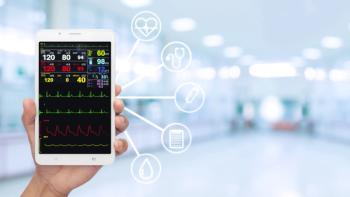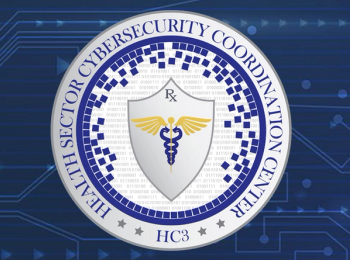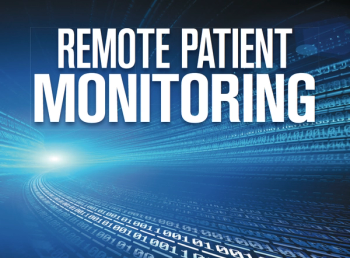
Many practices have yet to access the data with the greatest potential to impact patient outcomes and their own financial success.

Many practices have yet to access the data with the greatest potential to impact patient outcomes and their own financial success.

New technology that fixes the problems of the EHR is the best way to reduce physician burnout



Change comes weeks after company announces acquisition of One Medical primary care practice.

HHS agency warns “vishing,” combining scam emails and phone calls, is on the rise.

Immunization data is the most traded as figures rose in 2019.

Digitization of health care comes at a cost

New ONC report highlights progress, challenges in promoting interoperability

Security experts have been warning health care companies for years that all the connected medical devices are potential vulnerabilities

Survey outlines patients’ attitudes on technology.

Most organizations report multiple data breaches

AMA surveys patients on privacy in light of recent Supreme Court ruling on abortion.

Invest in upgraded tools and platforms and set clear guidelines for patients

Less than half of physicians, but more than 91% of patients, had positive view of computerized records.

HHS calls for added security in latest threat brief on apps such as patient portals, telehealth.

Recent advances have made benefits of remote monitoring more widely available

Health systems, loaded with patient data, remain prime targets for computer attacks, feds say.

As any competent clinician will tell you, having data is only one part of the equation. A clinician must also be able to intervene efficiently and effectively.

“Maui” ransomware is not about booking a Hawaiian getaway.

Study finds RPM associated with shorter hospital stays, less intensive care use

AI does just as well as doctors when it comes to predicting postoperative complications

Most are established patients getting treatment for routine diagnoses

13 tips to keep your patient data safe

Investors face an uphill task this year:Things have been difficult thus far but there will be selective opportunities to recover lost ground and perhaps record some gains this year.